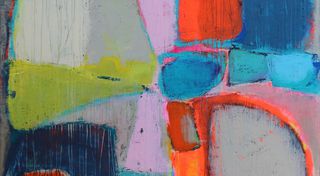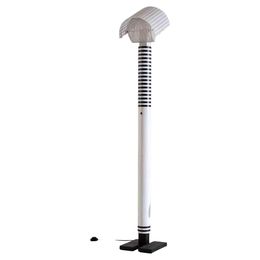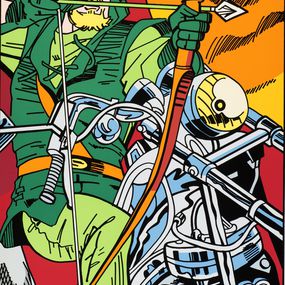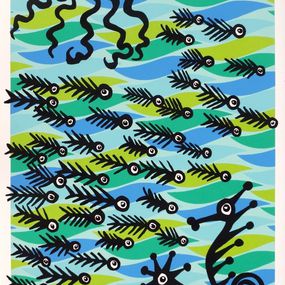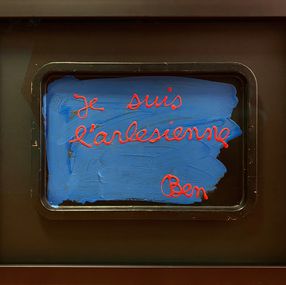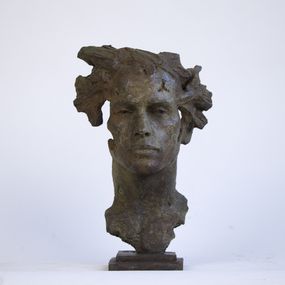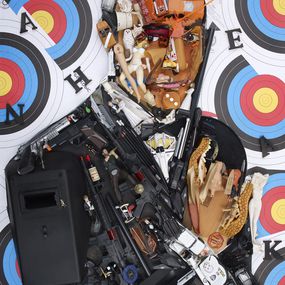
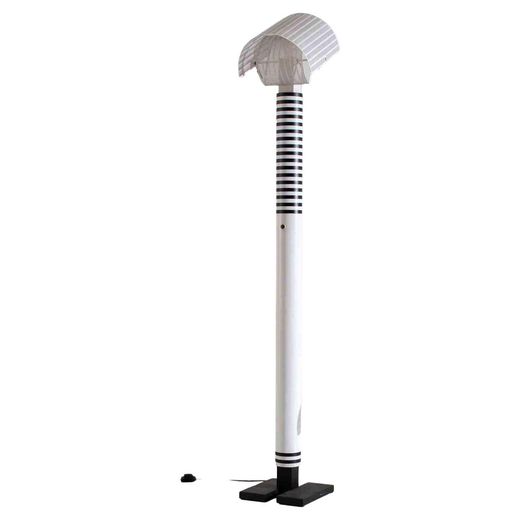
Biography
Mario Botta, born in 1943 in Mendrisio, Switzerland, is an internationally renowned architect whose works have marked the modern landscape of architecture. Known for his bold use of geometric shapes and sturdy materials, Botta combines functionality and aesthetics to create structures that are both visually captivating and integrated into their surroundings.
Mario Botta began his architectural journey at the age of 15 as an apprentice draftsman. He continued his studies at the Art College in Milan and the University Institute of Architecture in Venice, where he trained under great names such as Carlo Scarpa and Giuseppe Mazzariol. These experiences profoundly influenced his approach to design, marking the beginning of his interest in powerful structures and clear forms.
Mario Botta's style is easily recognizable by his use of simple geometric shapes and traditional materials like brick, concrete and stone. His buildings are often designed with rigorous symmetry and a clear articulation of volumes, which makes them immediately identifiable. Among his most famous works are the Cathedral of the Resurrection in Évry, France, and the Tinguely Museum in Basel, Switzerland, places that perfectly illustrate his talent for fusing modern and historical elements into unique creations.
Throughout his career, Mario Botta has participated in numerous international exhibitions, highlighting his work and his contributions to contemporary architecture. His projects have been widely recognized and awarded, earning him a reputation for excellence in the field of modern architecture. His collaborations with other great architects and artists have also enriched his work, allowing him to explore new creative avenues while remaining faithful to his stylistic roots.
Mario Botta's impact on the world of architecture goes far beyond Swiss borders. His buildings are not just structures, but works of art that defy time and the conventional. By combining geometric rigor and sensitivity to local contexts, Botta has not only shaped environments, but also influenced the way we perceive and interact with the space around us. His work continues to inspire and captivate, affirming his status as a pillar of modern architecture.
